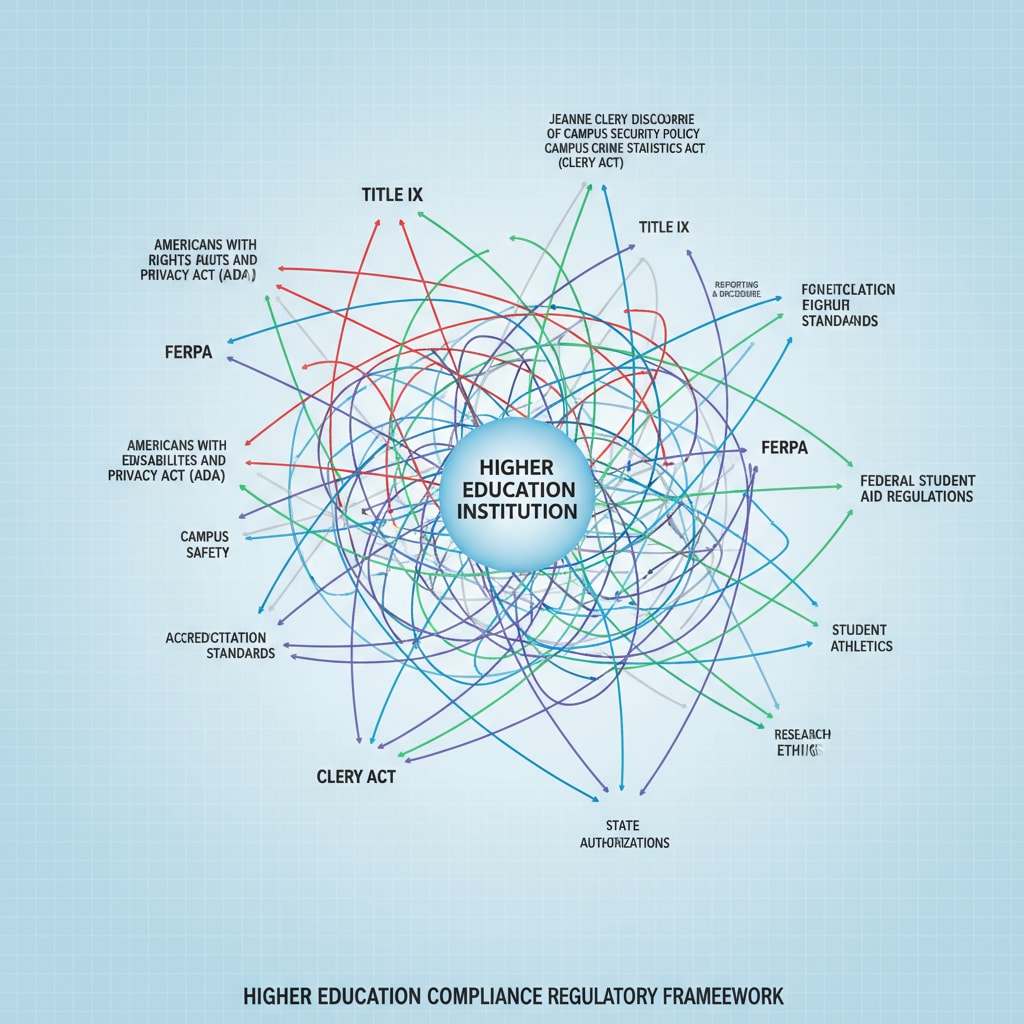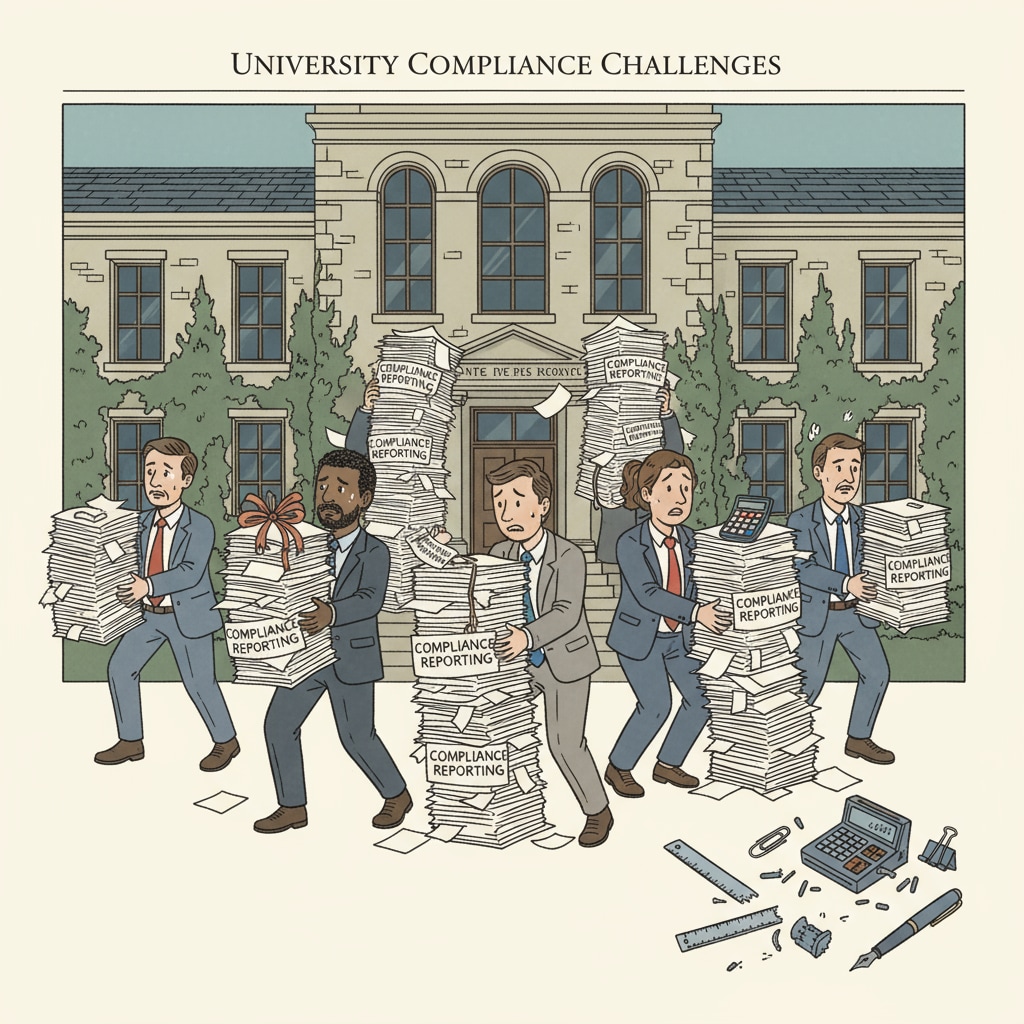Compliance reporting, Title IX, and university management are crucial aspects in the realm of higher education. In recent years, universities have been under increasing scrutiny to ensure they meet various compliance requirements. This not only impacts the internal operations of universities but also offers valuable lessons for K12 education institutions.
The Compliance Landscape in Higher Education
The higher education sector is subject to numerous compliance regulations. For example, Title IX prohibits sex discrimination in educational programs and activities that receive federal financial assistance. This has far-reaching implications for universities, from handling sexual harassment and assault cases to ensuring equal opportunities in sports and academics. According to Title IX guidelines on the U.S. Department of Education website, universities must have proper reporting mechanisms in place. Another important regulation is the Clery Act, which requires institutions to disclose campus crime statistics and security policies. This is to ensure the safety of students and faculty. FERPA, on the other hand, protects the privacy of student education records. These regulations, while essential, pose significant challenges to university management.

Challenges in Compliance Reporting for Universities
One of the major challenges is the complexity of the regulations themselves. Each regulation has its own set of requirements, and universities often struggle to keep up with the changing landscape. For instance, interpretations of Title IX can vary, and universities need to ensure they are in line with the latest understanding. Additionally, gathering accurate data for compliance reports can be a daunting task. Universities have to collect information from various departments, such as student affairs, security, and academic records. Coordinating this data collection process can be time-consuming and error-prone. As a result, many universities find it difficult to submit timely and accurate compliance reports. Moreover, the lack of proper tools and processes exacerbates these issues. Without efficient systems, universities may miss important deadlines or fail to address compliance issues adequately.

Despite these challenges, there are strategies that universities can adopt to improve their compliance reporting. And these strategies can also serve as inspiration for K12 education institutions. For example, universities can invest in dedicated compliance management software that streamlines the data collection and reporting process. This software can integrate with different systems within the university to ensure seamless data flow. In addition, universities can establish cross-functional teams to handle compliance issues. These teams can include representatives from different departments, which helps in better coordination and communication. By implementing these measures, universities can enhance their compliance management and also set a good example for K12 schools.
Readability guidance: The above content uses short paragraphs to clearly present the challenges and solutions in higher education compliance reporting. Lists could be further incorporated to break down key points. The use of active voice is prioritized, and transition words like “for example”, “additionally”, and “moreover” are used to enhance the flow of the text.


